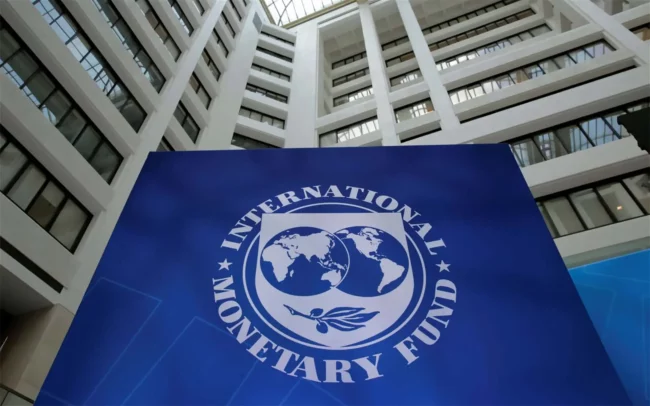🌿 Ruzu Non-Alcoholic Herbal Bitters
Ruzu Non-Alcoholic Herbal Bitters is a natural health supplement specially formulated to:
- ✅ Promote general wellness
- ✅ Detoxify the body
- ✅ Support the treatment of various ailments
Made from a powerful blend of 100% organic and medicinal herbs, Ruzu is completely alcohol-free, making it ideal for:
- 👪 All age groups
- 🌱 Health-conscious individuals
- 🌿 Anyone seeking non-alcoholic herbal remedies
Whether you're looking to boost your vitality, cleanse your system, or support healing the natural way, Ruzu Bitters offers a trusted herbal solution.
As several African nations continue to grapple with economic instability, many have turned to the International Monetary Fund (IMF) for financial assistance, resulting in significant debt obligations.
These loans, while intended to stabilize economies, often come with stringent conditions that can hinder long-term development.
The latest data, updated on December 23, 2024, reveals the African countries with the highest outstanding IMF credit.
Egypt tops the list with a staggering $9.3 billion, far exceeding other nations. Kenya follows with $3.02 billion, while Angola is close behind with $2.9 billion. Côte d’Ivoire has climbed to the fourth position with $2.75 billion, overtaking Ghana, which now ranks fifth with $2.51 billion.
ALSO READ: Liquidity challenges: NNPCL misrepresented facts in $1bn loan claims — Dangote Refinery
Other nations on the list include the Democratic Republic of Congo (DRC) with $1.6 billion, Ethiopia with $1.31 billion, and South Africa with $1.14 billion.
Cameroon ranks ninth with $1.13 billion, and Morocco joins the top 10 with $1.1 billion, replacing Senegal, which has dropped off the list, information on Business Insider Africa revealed.
The reliance on IMF loans has sparked concerns about the long-term implications for these economies.
High debt levels often force governments to redirect significant resources from development projects to debt repayment, limiting their ability to invest in critical areas such as infrastructure, education, and healthcare.
Additionally, the restrictive economic reforms tied to these loans, known as Structural Adjustment Programs (SAPs), have been criticized for exacerbating socioeconomic inequalities.
As African nations remain vulnerable to external shocks, such as fluctuations in commodity prices and global financial crises, the growing debt burden underscores the need for more sustainable financial solutions.
The IMF’s role in the region continues to be a subject of intense debate, with questions lingering over whether its assistance helps or hinders long-term economic stability.
See list below:
1. Egypt2. Kenya3. Angola4. Cote d’Ivoire5. Ghana6. DRC7. Ethiopia8. South Africa9. Cameroon10. Morocco
















